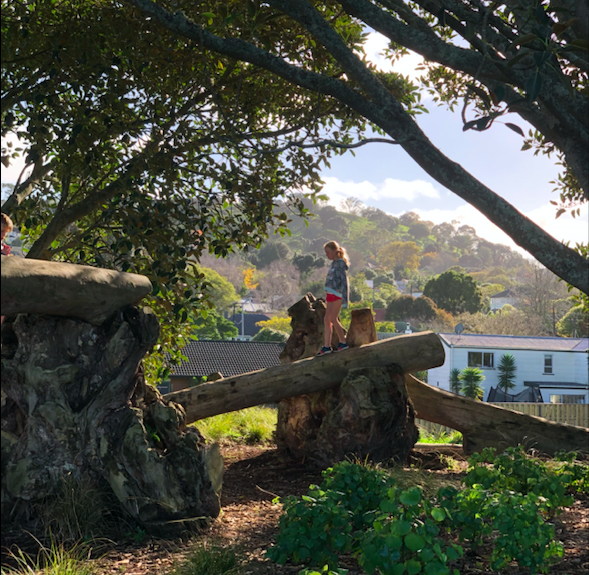The Future of Te Auaunga
At the south end of the awa, Freeland Reserve near Pukewīwī/Puketāpapa/Mt Roskill is earmarked for an upgrade. Lucy Smith, from Kāinga Ora’s Roskill Development team, says, “We’ll be daylighting the stream, installing boardwalks and pathways and planting lots of natives to make a beautiful community amenity.” Further into the future, consideration is being given to linking Keith Hay Park to Waikōwhai Park.
North-west near Ōwairaka/Mt Albert, around 1000 new homes will replace 200 old, unhealthy state houses. “We’re currently working on improving greenways and connections within Ōwairaka to make them more usable and safe for residents,” says Development Manager Aileen Maniti. Community ideas range from new play areas, improved lighting, seating and pedestrian access to a food forest. They’ll be looking to link Kūkūwai Park to Murray Halberg Park rugby fields and beyond.
Sustainable connections
The restoration of Te Auaunga is an Auckland Council’s Healthy Waters project in partnership with Fulton Hogan, Boffa Miskell and AECOM. The project won many awards for sustainability in 2019. It reduced flooding, improved water quality and involved community and iwi. Project Manager Tom Mansell said; “At every opportunity, we sought ways to deliver tangible cultural, social, economic and environmental benefits.”
Locally, Te Auaunga means you can travel sustainably around the Roskill area. But as Jolisa Gracewood of Bike Auckland says, it’s part of a much bigger story. “From Waterview, on a bike, the Northwestern Cycleway can take you safely as far west as Westgate, or right into the city and down along the waterfront. You can even take your bike on a train or ferry at no extra cost – so maybe Devonport for the day!”
Margi Watson, chairperson of the Albert-Eden Local Board, and one of the advocates of Te Auaunga’s restoration, sums it up. “Te Auaunga has been part of our community for generations. But now it connects our neighbourhoods with beautiful new spaces to relax, breathe and play. Huge credit must go to those who made and continue to make it happen, and to the communities and volunteers who care for our awa.”

